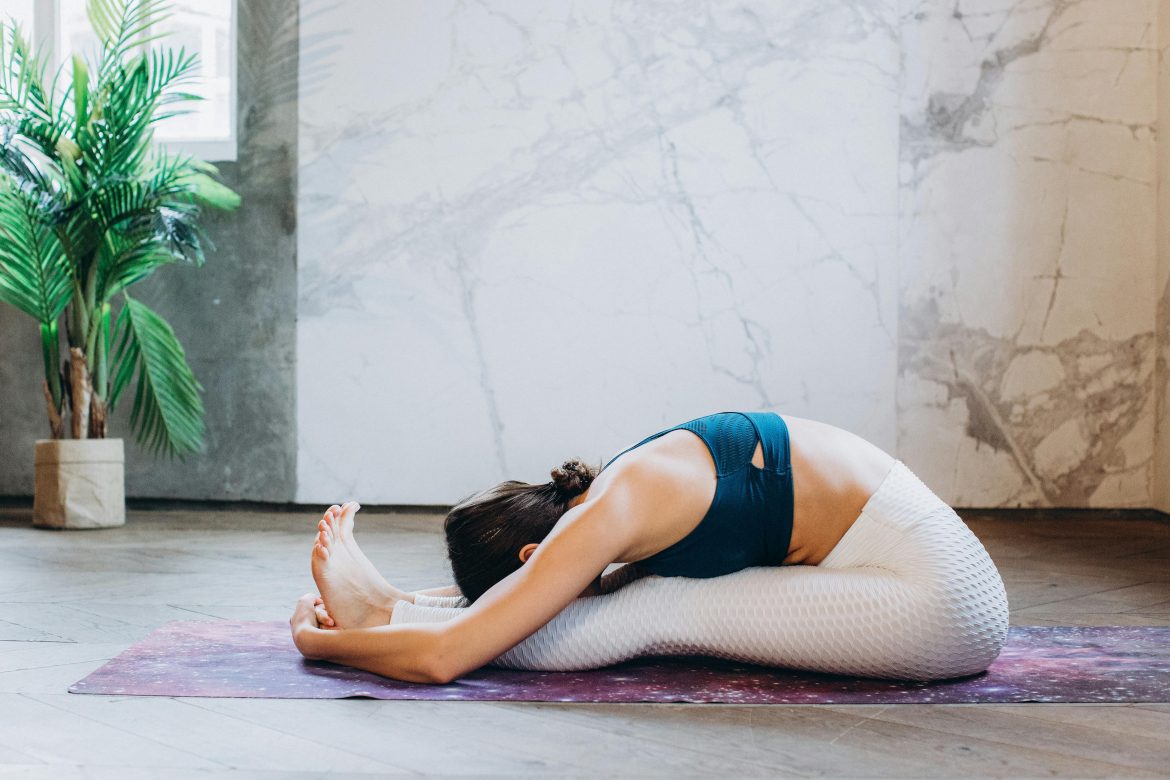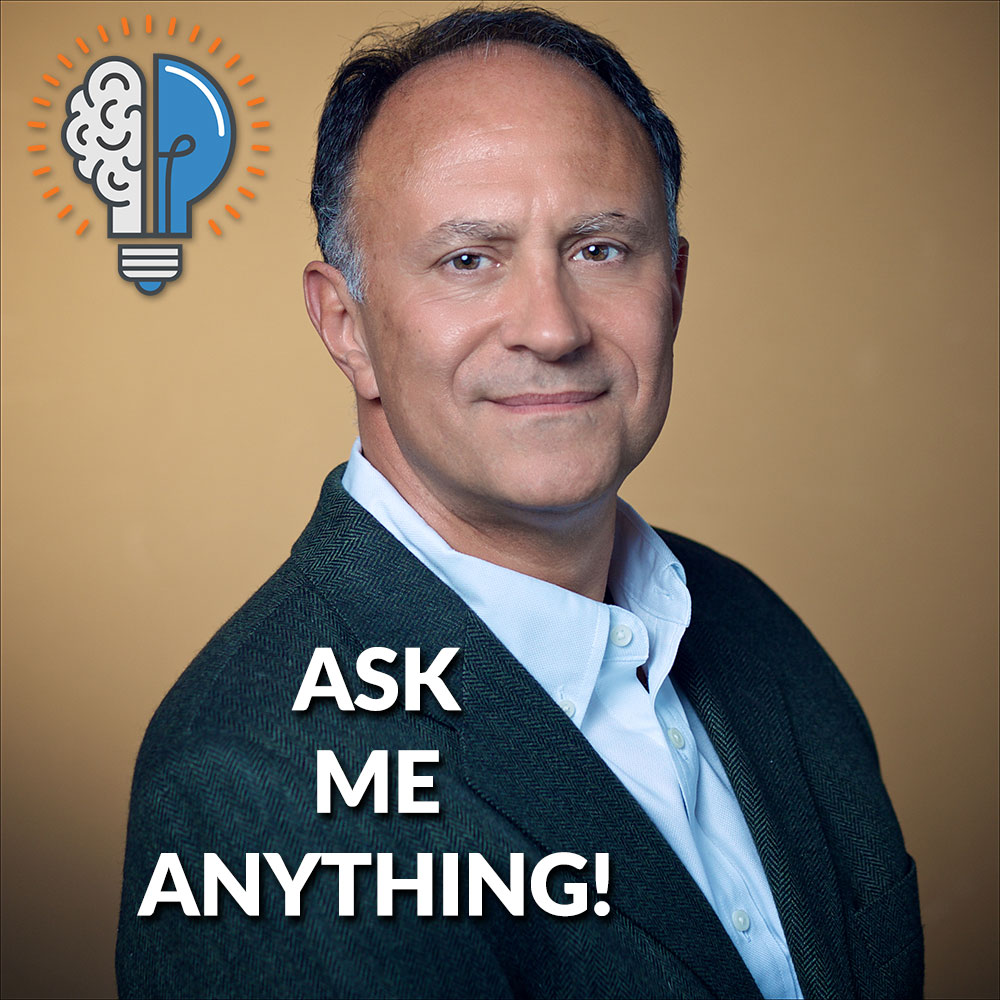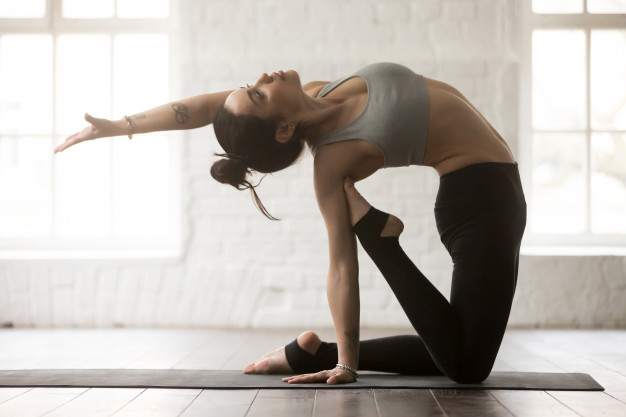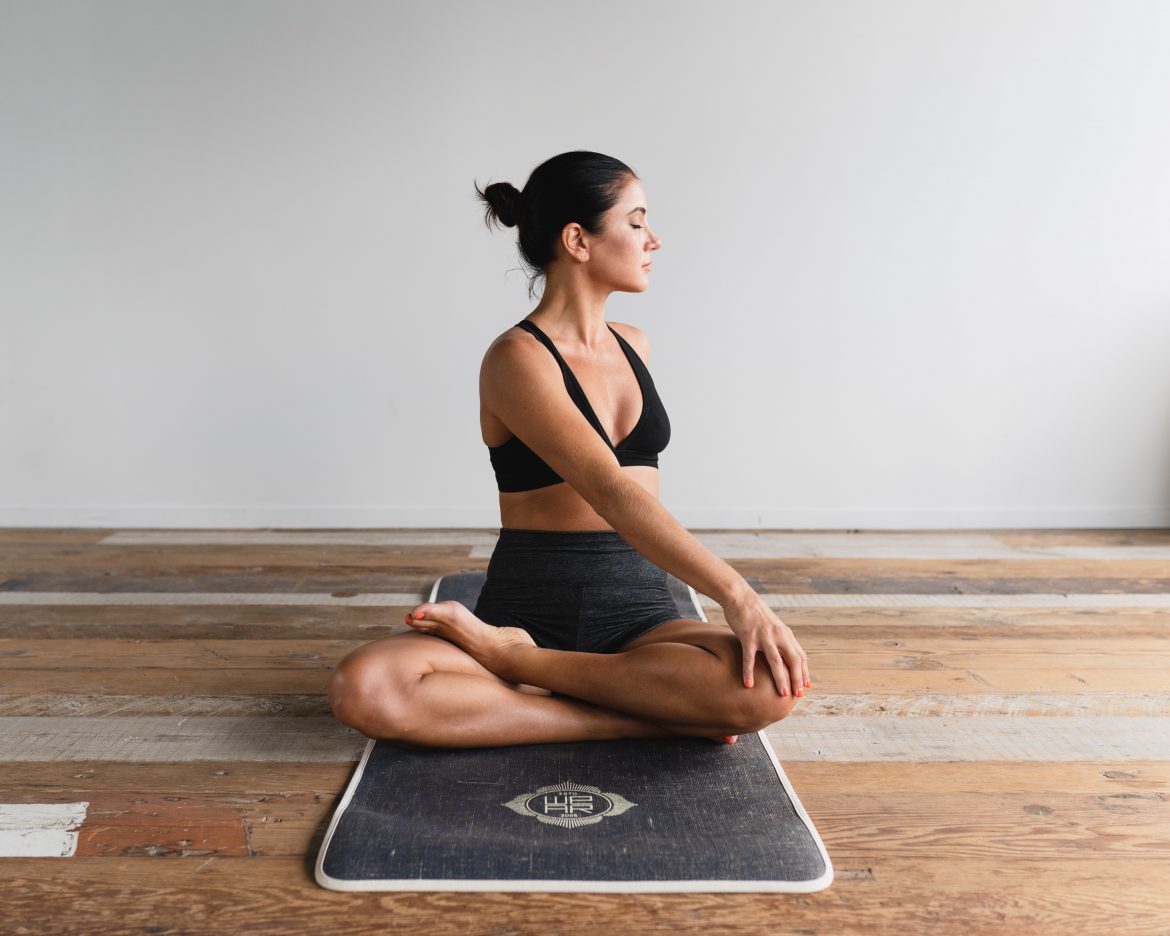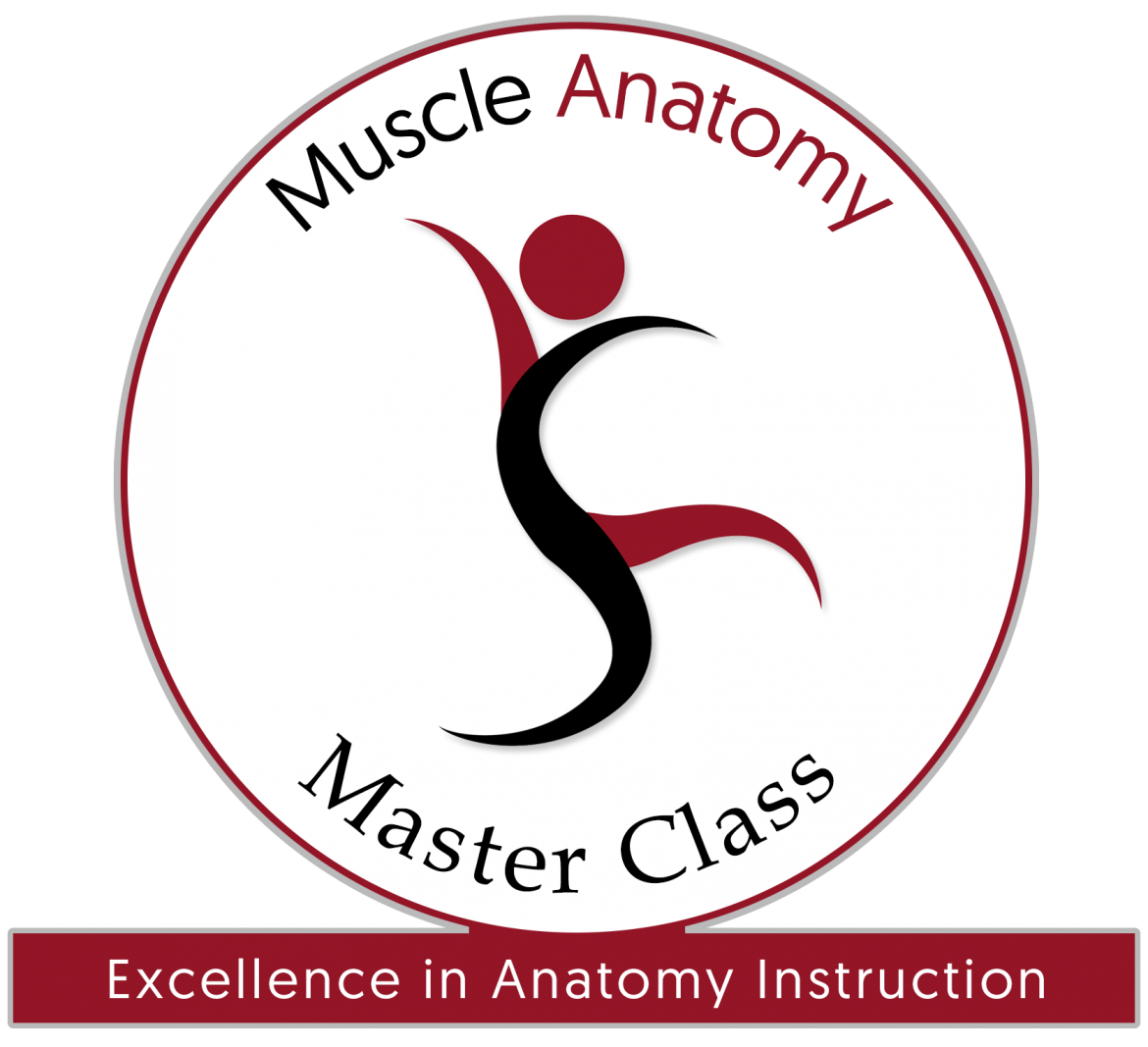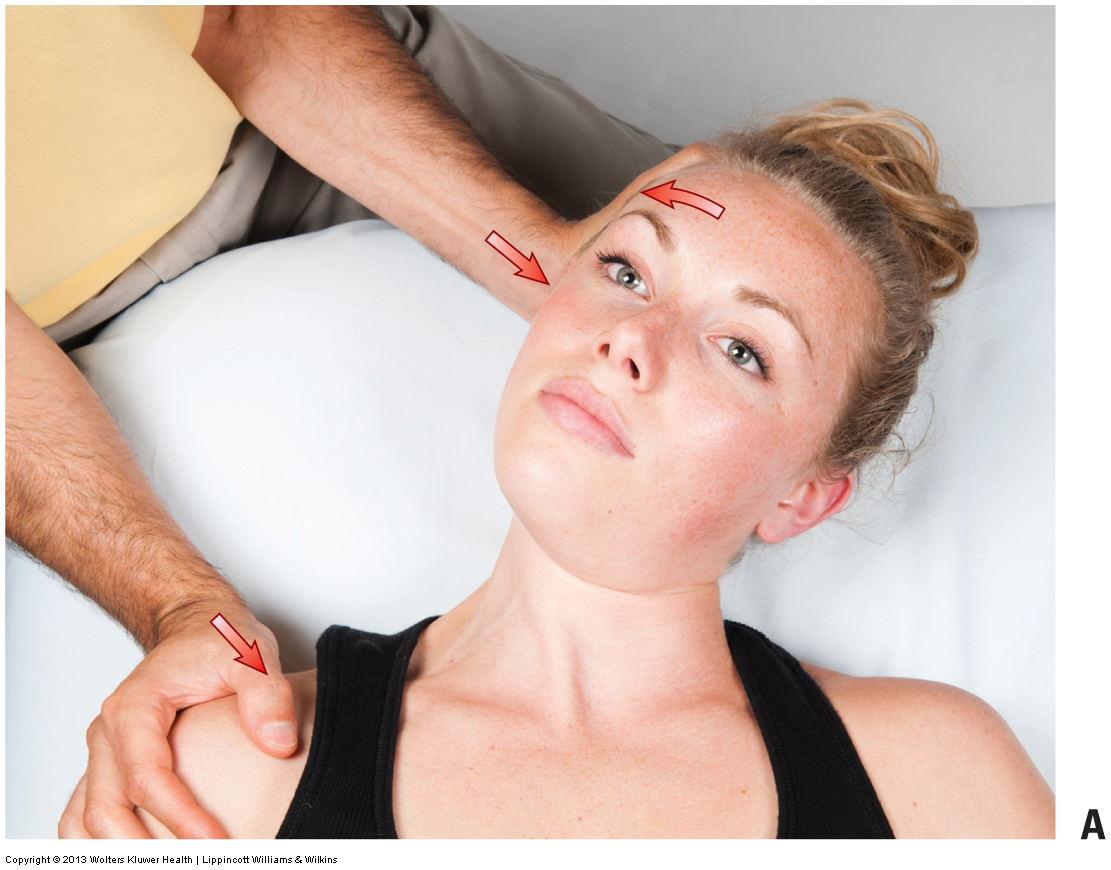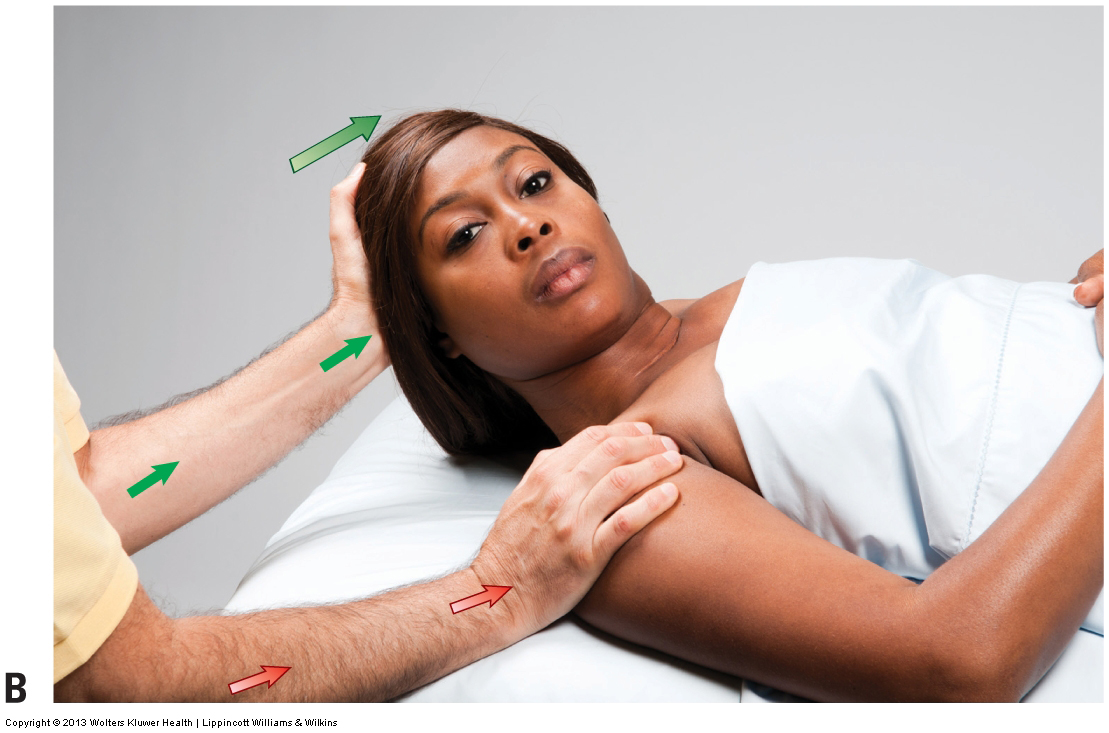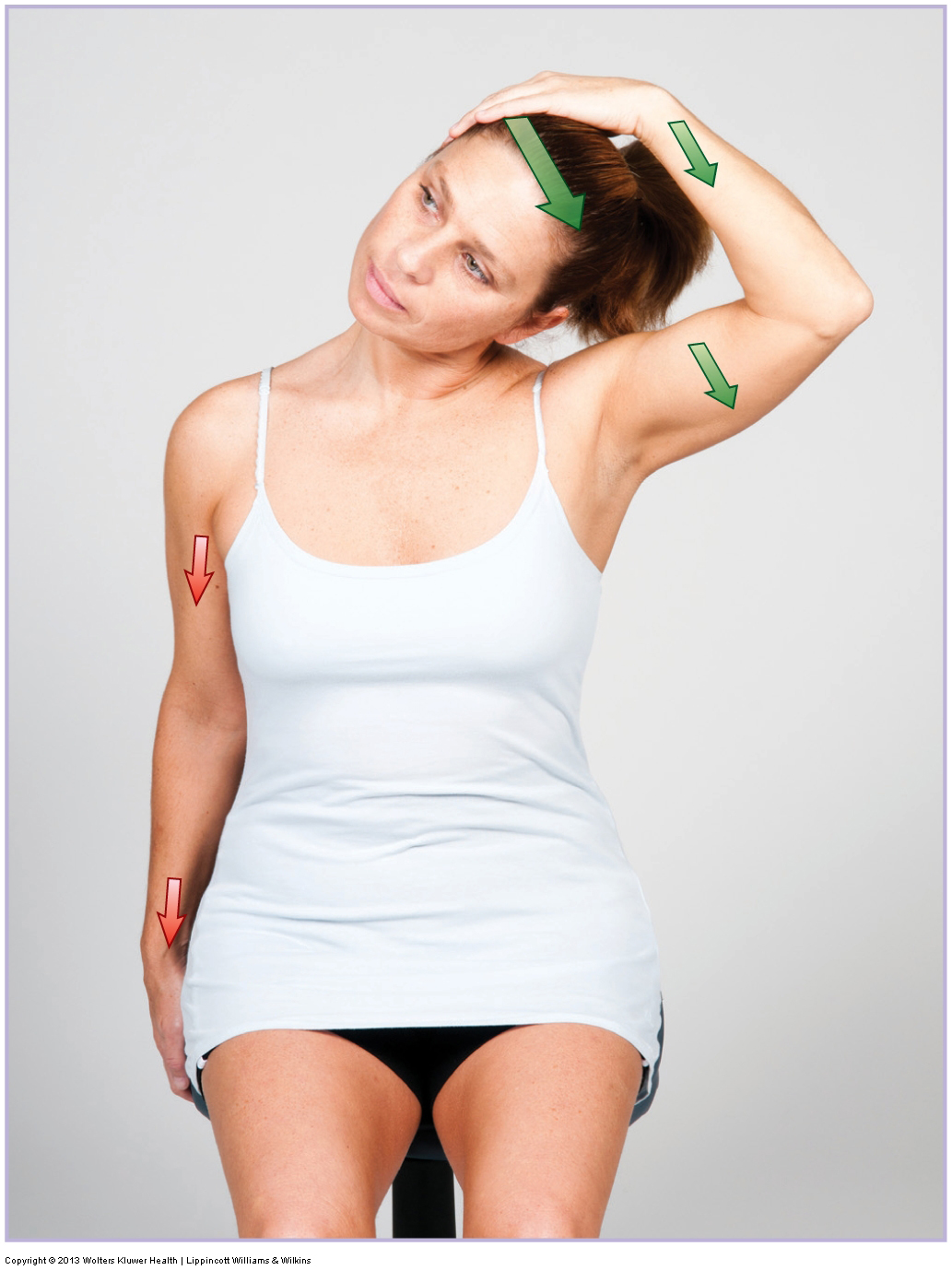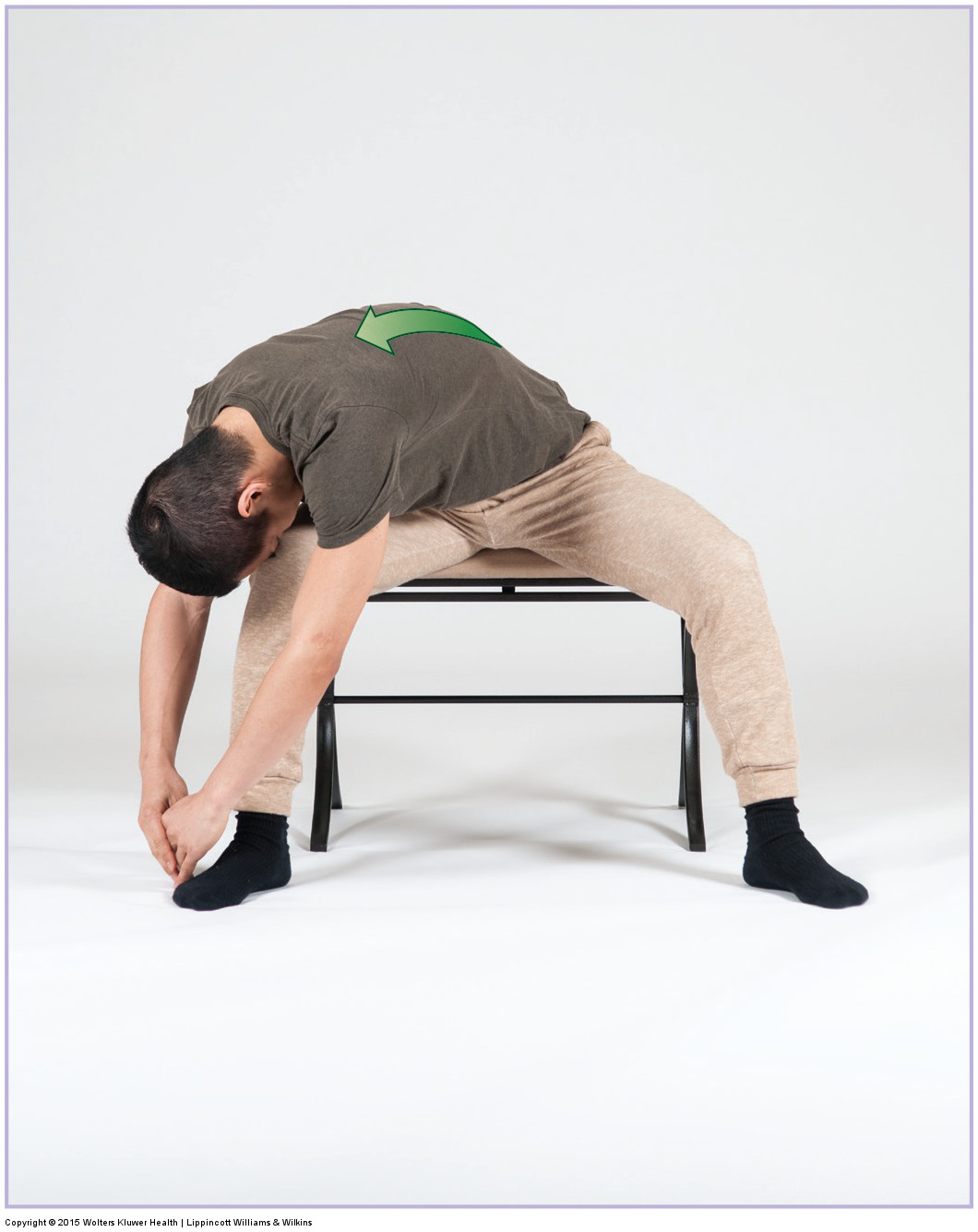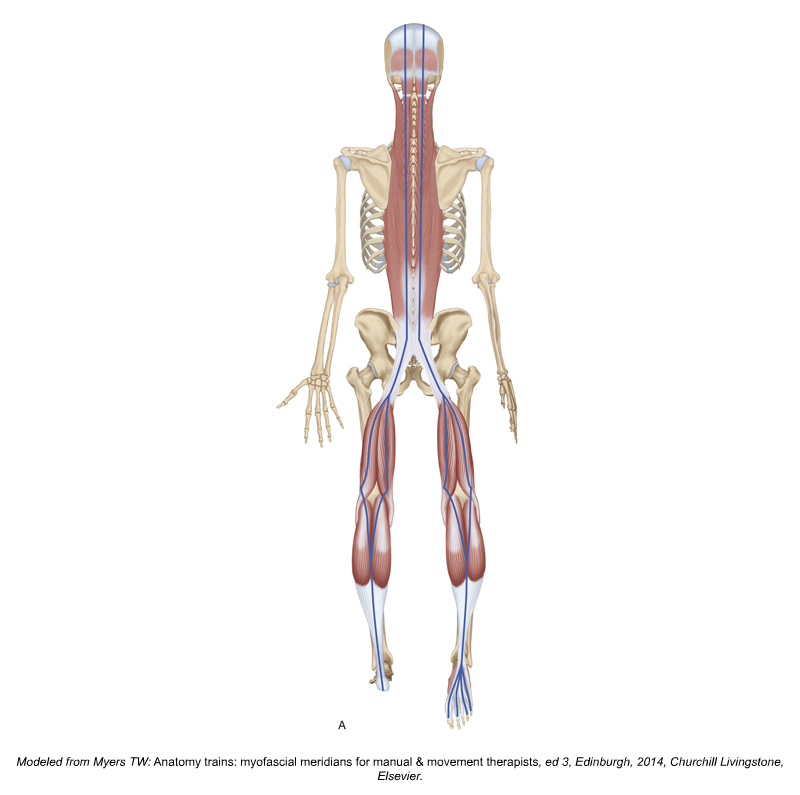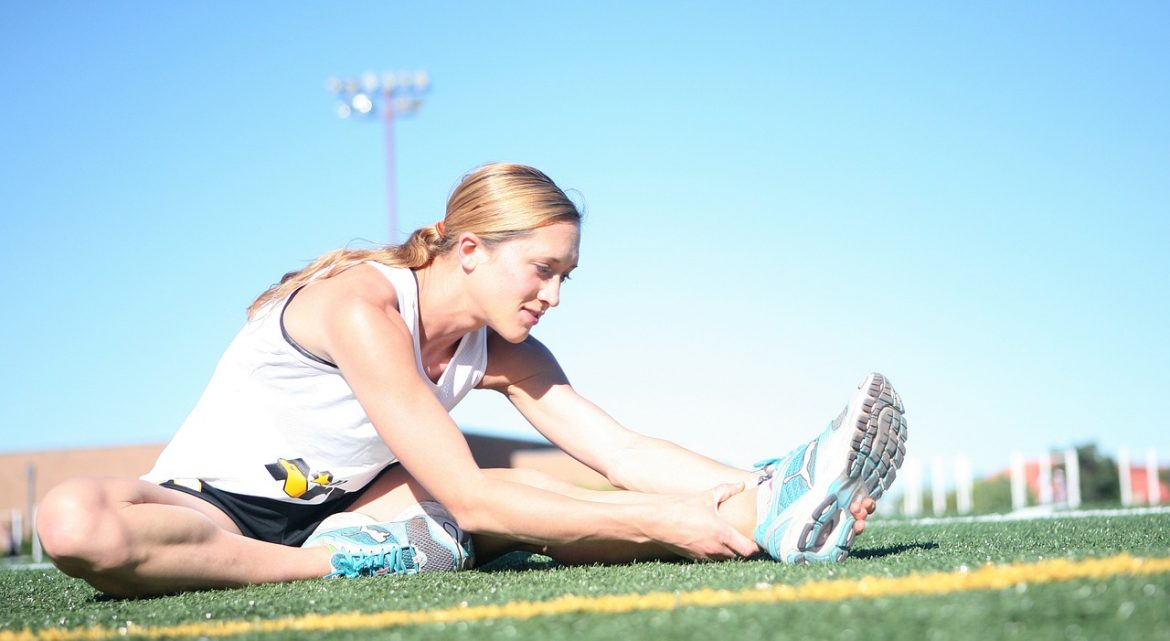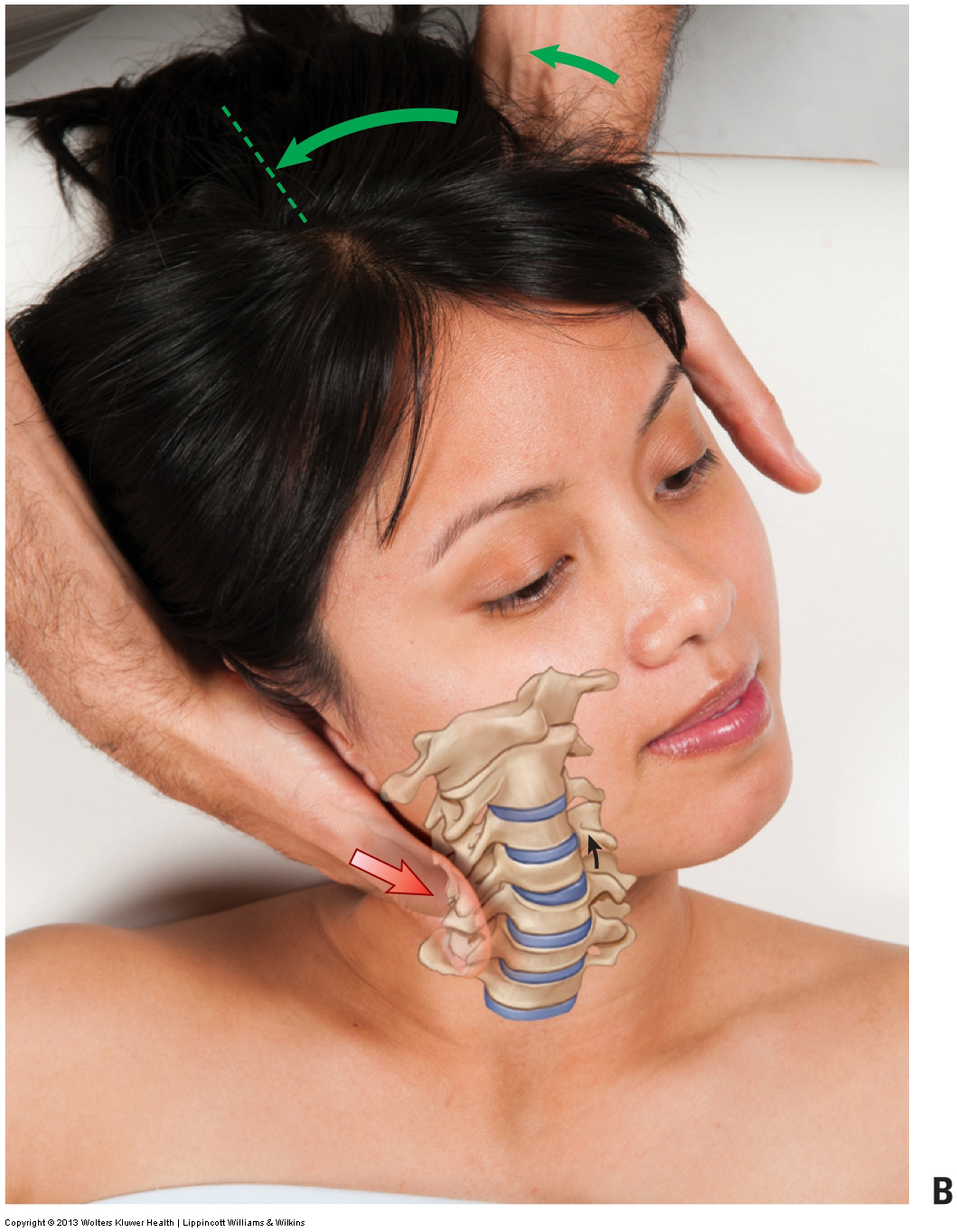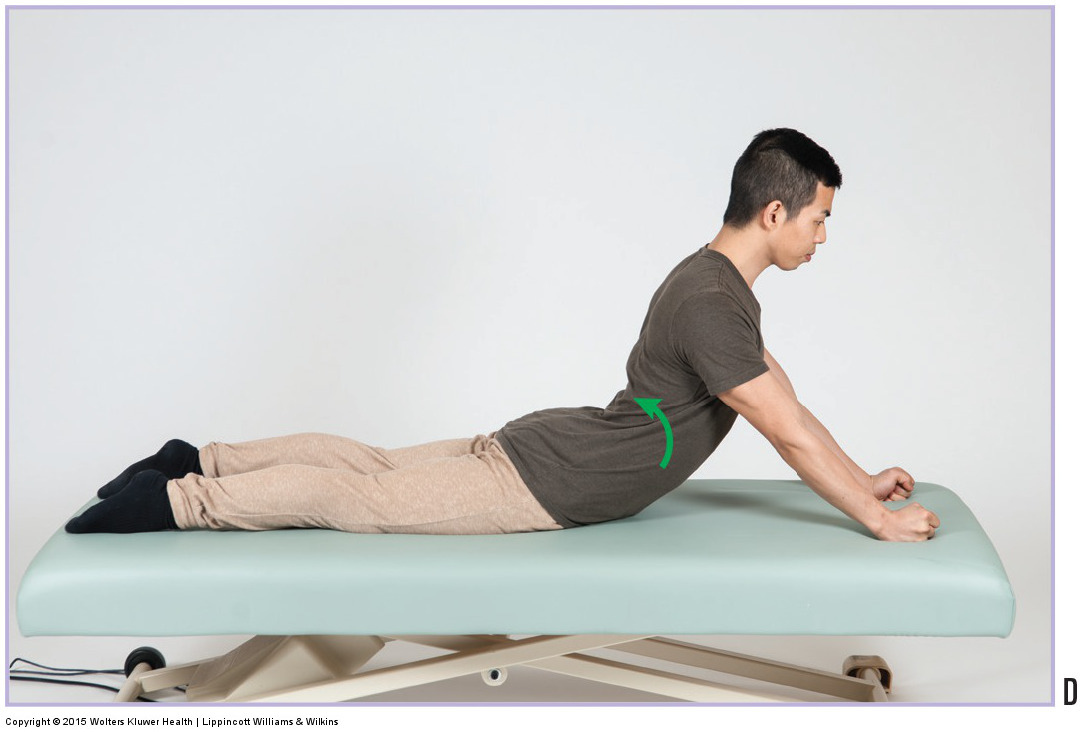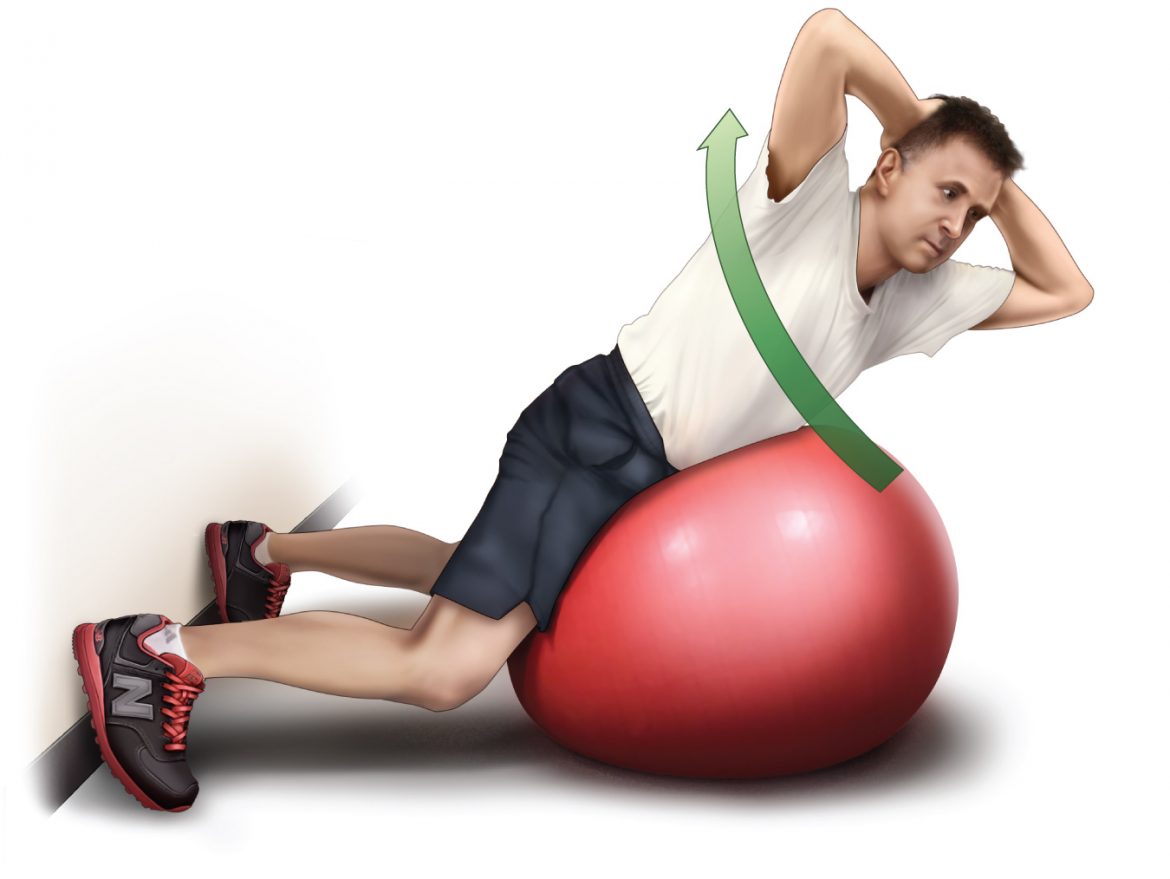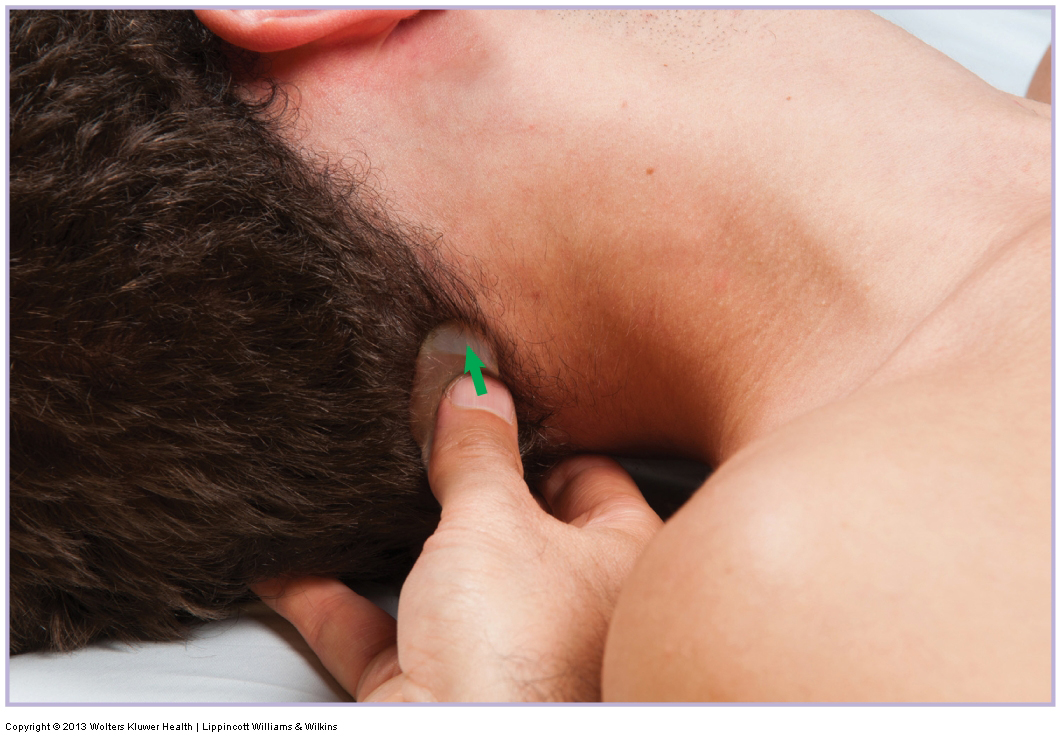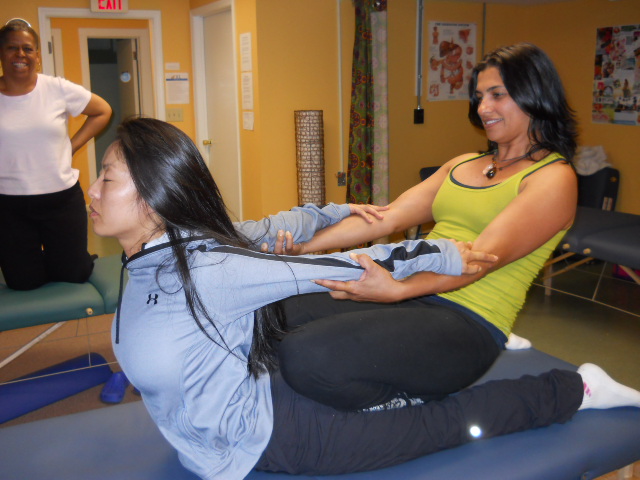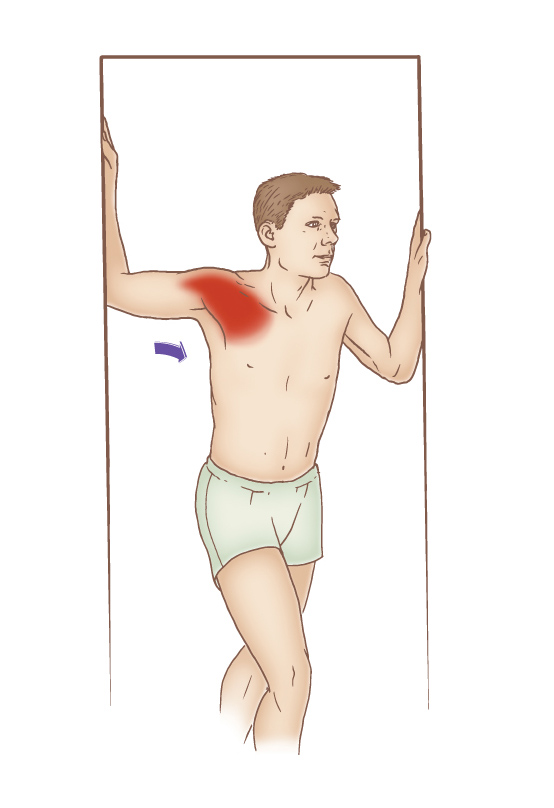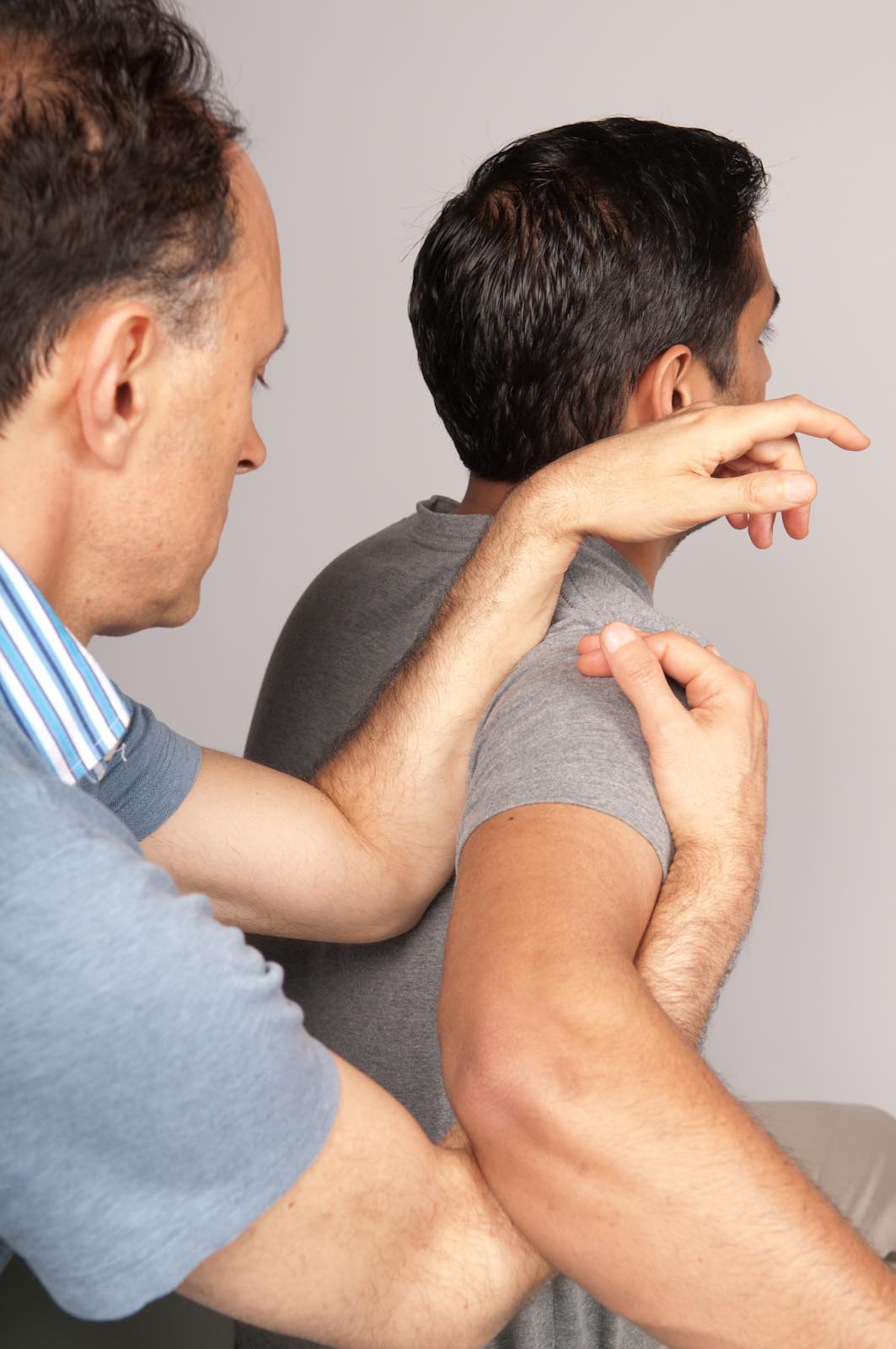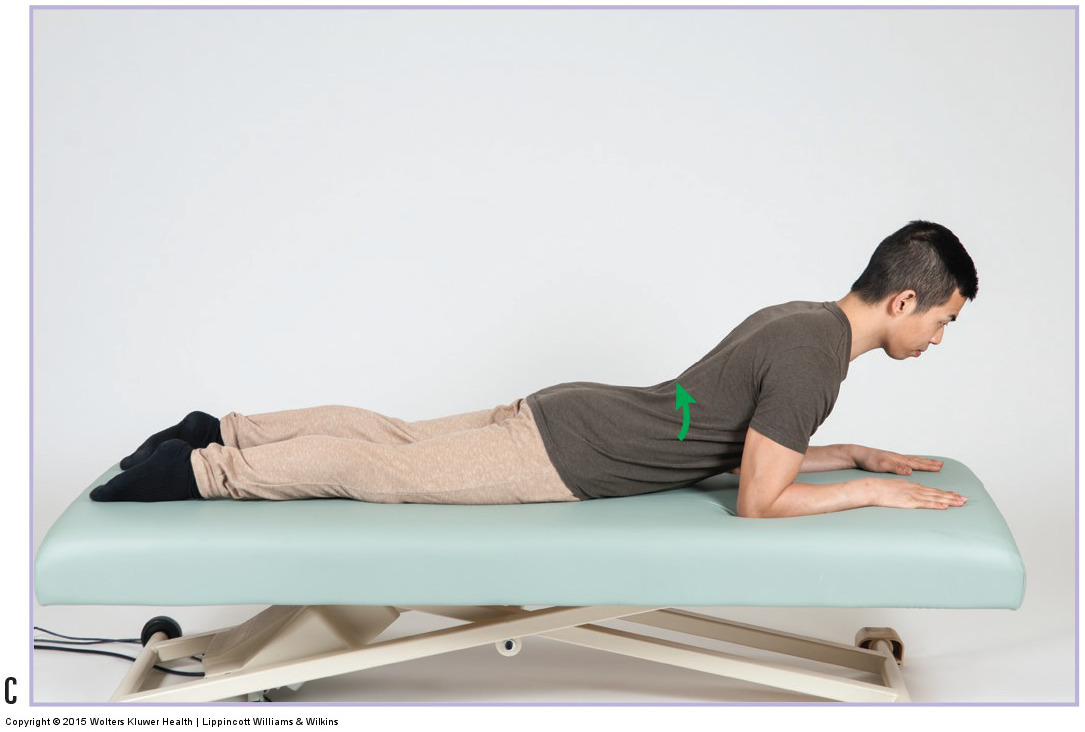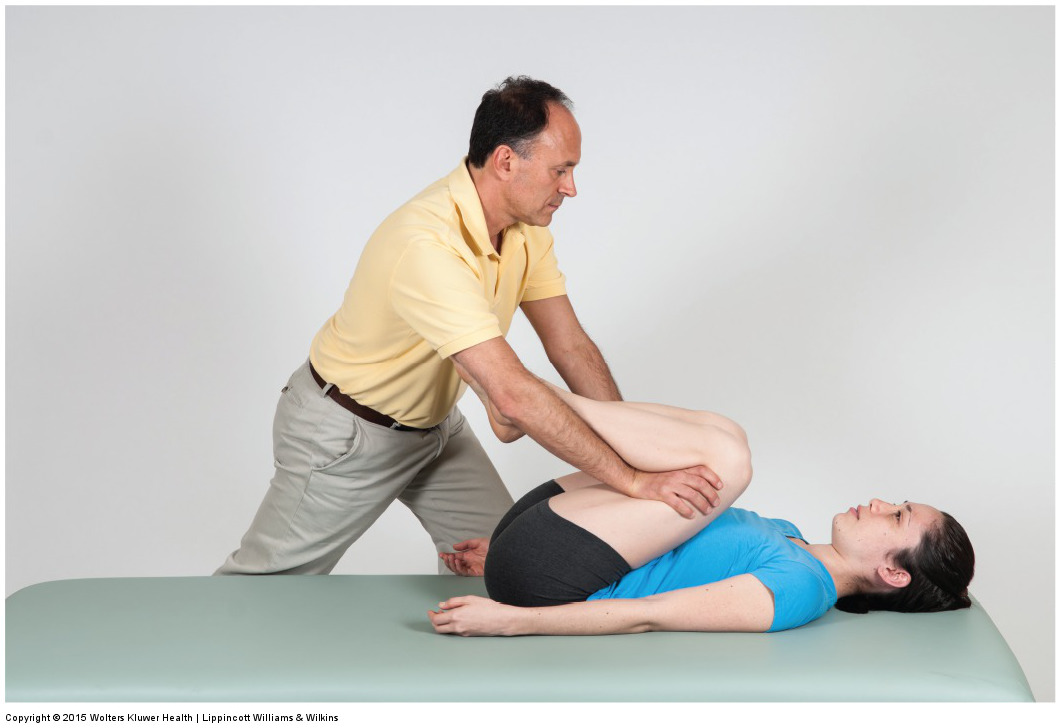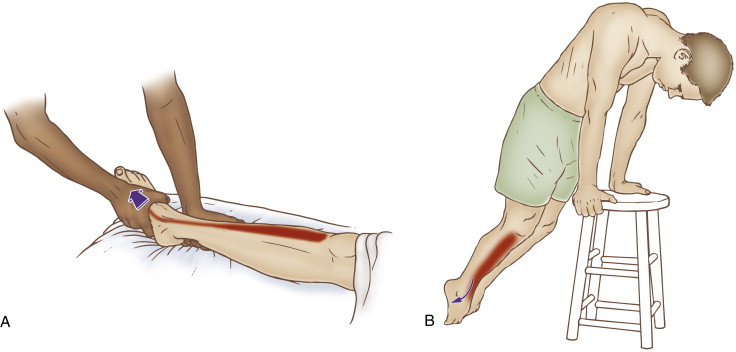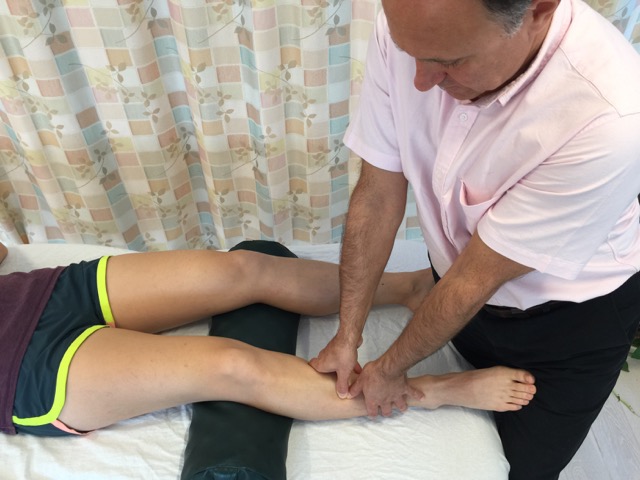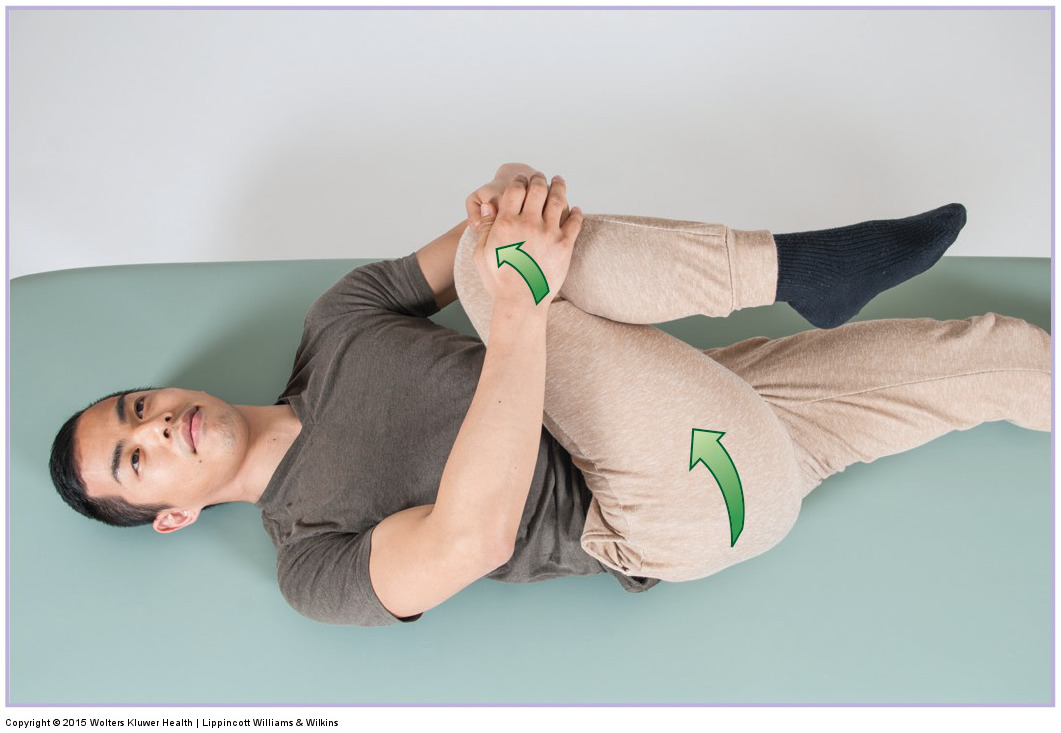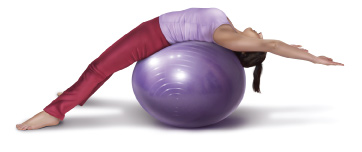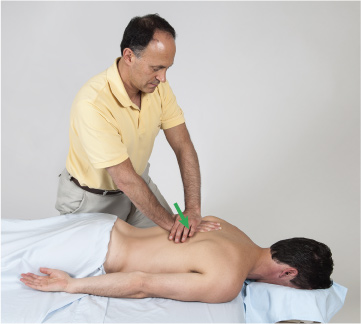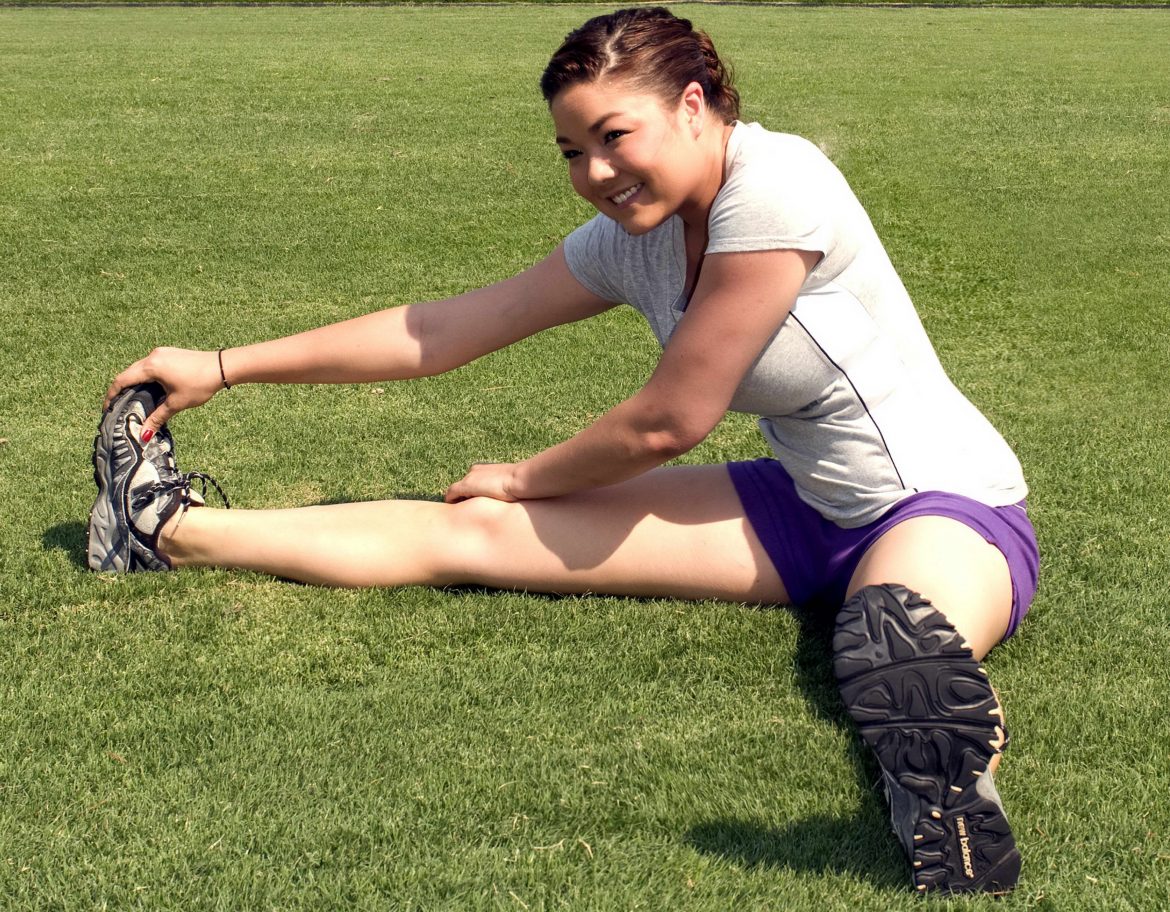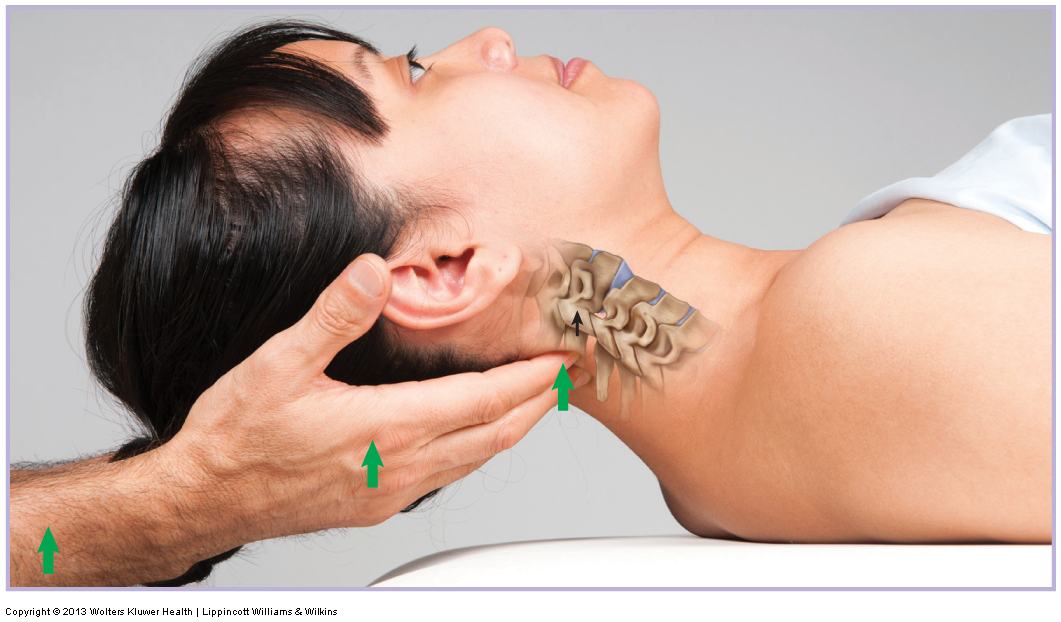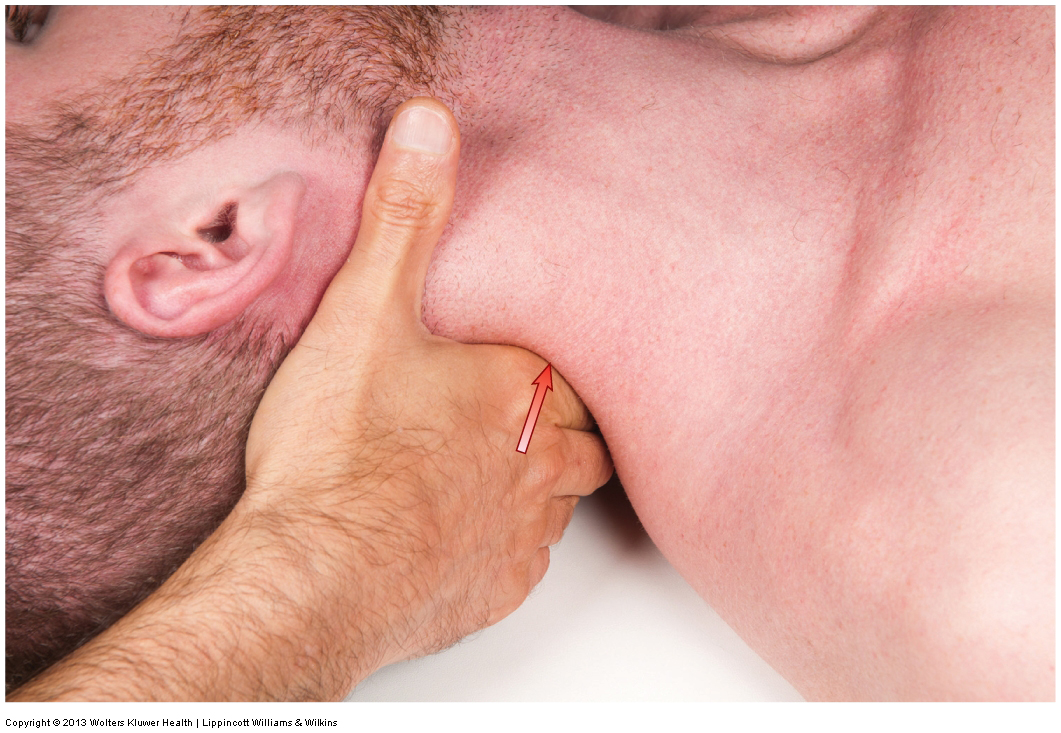Are you tired of feeling tense, sore, or stiff? Stretching, a form of exercise that lengthens your muscles by extension or movement, can aid flexibility and mobility.
ASK Dr. Joe – “Ask Me Anything”
I am creating a new blog post feature to my content called Ask Dr. Joe, or perhaps better put, Ask Me Anything*. With Ask Me Anything, you can write to me by email ([email protected]) and ask me any question about: …
3 Contrasting Types of Yoga and Their Benefits
Yoga has branched into different types and become favored by people of all ages and religions. In so doing, it has changed its form.
Why Stretching is Extremely Important for Student Health
So now we know why we stretch – to benefit our body and mind. Let’s see some techniques of stretching that might be of assistance.
Muscle Anatomy Master Class (MAMC)
Muscle Anatomy Master Class (MAMC) is the most comprehensive and detailed muscle anatomy online video class in the world!
Stretching Increases Skin Temperature
Stretching increases skin temperature so it warms up the myofascial tissues of the body, and is effecttive at warming up the body before physical activity.
Advanced Stretching Techniques
Advanced stretching technique include pin and stretch technique as well as neural inhibition techniques (CR, AC, PIR, PNF) that relax / inhibit musculature.
How to Stretch Your Clients
There are many types of stretching techniques. Following is a guide to the many different types of stretching techniques that exist.
What is Stretching?
Stretching is essentially a mechanical manual/movement therapy that is aimed at making a soft tissue longer so that we can increase flexibility.
Why Does Static Stretching Cause Muscle Weakness?
Two primary hypotheses have been proposed to explain the stretching-induced force deficit, in other words, the muscle weakness…
How Exercise and Stretching Improves Sleep Deficiency
Research suggests that moderate aerobic exercise improves the amount we sleep so it can help with sleep deficiency.
Massage of the Plantar Fascia Increases Hamstring Flexibility
This study found that remote stretching via self-myofascial release using foam roller massage of the plantar fascia does increase hamstring extensibility.
The Effect of Stretching on Flexibility and Joint Range of Motion
All types of stretching showed joint range of motion improvements over the long term, however, static stretching technique showed the greatest improvement.
Massage Therapy Continuing Education
The value of massage therapy continuing education is often dependent on learning how to apply fundamental skill sets of manual therapy.
Stretching Reduces Cancer Tumor Growth in a Study with Mice
The fact that simple stretching for only 10 minutes per day could reduce cancer tumor growth by 52% in this study involving mice is pretty amazing! Being a manual and movement therapy physician, author, and educator, it is clear to me that the human body needs movement. But to see a 52% improvement was incredible!
Acute Effects of Dynamic Stretching on Muscle Flexibility and Performance
Dynamic stretching’s improvement seems to be related to the increased tissue temperature and increased neural facilitation. Therefore, if the goal of a warm-up is to increase joint ROM and to enhance muscle force and/or power, dynamic stretching seems to be a preferable alternative to static stretching.
Five more Do and Don’t Precautions for Massage Therapists
One precaution is that when we do need to use the thumb or fingers, it is a good guideline to always try to contact the client with the pad of the thumb or fingers, instead of the tips of the fingers. In other words, do not lead with the fingertips.
Manual Therapy Case Study for Upper Crossed Syndrome
The therapist performed a static assessment of the client’s posture and noted the typical upper crossed syndrome with a hyperkyphotic thoracic spine, a hypolordotic lower cervical spine, a hyperlordotic upper cervical spine, protracted head, protracted scapulae, and medially (internally) rotated arms.
Self-Care and Medical Approaches to Upper Crossed Syndrome
When stretching the pectoralis musculature in a doorway, it is helpful to place the hand/forearm against the doorframe at various heights so that different aspects of the pectoralis musculature are preferentially stretched.
How do we Treat Upper Crossed Syndrome with Manual Therapy?
Especially effective for the pectoralis musculature is to use pin and stretch technique. With the client/patient supine and positioned toward the side of the table, pin the musculature with your finger pads as you bring the client/patient’s abducted arm off the side of the table and down into horizontal extension.
Manual therapy case study for sciatica.
The therapist’s session consisted of moist heat, soft tissue manipulation, and stretching to the low back with double knee to chest stretch performed with agonist contract technique and stretching the left side of the low back with Armin side-lying on his right side.
How do we treat sciatica with manual therapy?
It is necessary to determine what condition is causing the sciatic nerve compression and address that. If the cause is a pathologic disc, then addressing factors that affect disc compression is appropriate.
What are the self-care and medical approaches to shin splints?
Self-care for shin splints begins with RICE: rest, ice, compression, and elevation. If the client/patient has anterior shin splints that is caused by running or some other physical activity that involves running, the client/patient should stop the activity until the condition is resolved.
How do we treat shin splints with manual therapy?
The first goal of manual therapy treatment for shin splints is to relieve the tension of the involved musculature by lessening baseline muscle tone and eliminating any trigger points that might be present. The second goal is to treat swelling, if present.
Self-care and medical approaches to sacroiliac joint dysfunction
Moist heat and stretching is recommended for a hypomobile sacroiliac joint (SIJ) and/or tight musculature that accompanies a hypomobile or hypermobile SIJ.
Self-Care and Medical Approaches to Slumped Spinal Posture
An excellent self-care exercise is to recommend that the client/patient lie supine on an exercise ball to help move the thoracolumbar spine into extension.
How Do We Treat Slumped Spinal Posture with Manual Therapy?
When performing soft tissue manipulation/massage, it is always wise to begin with light to medium pressure, and then transition to deeper pressure.
Self-Massage Before Stretching Improves Stretching Outcomes
This study validates the efficacy of performing massage before stretching our clients, and recommending self-massage before stretching for client self-care.
What are the self-care and medical approaches to spinal joint dysfunction?
As a rule, moist heat followed by stretching is beneficial for spinal hypomobilities, and strengthening is beneficial for regions of spinal hypermobility.
How do we treat spinal joint dysfunction with manual therapy?
Joint mobilization treatment (Grade IV or V) is the most effective treatment technique to remedy a spinal joint dysfunction hypomobility once it is present.

